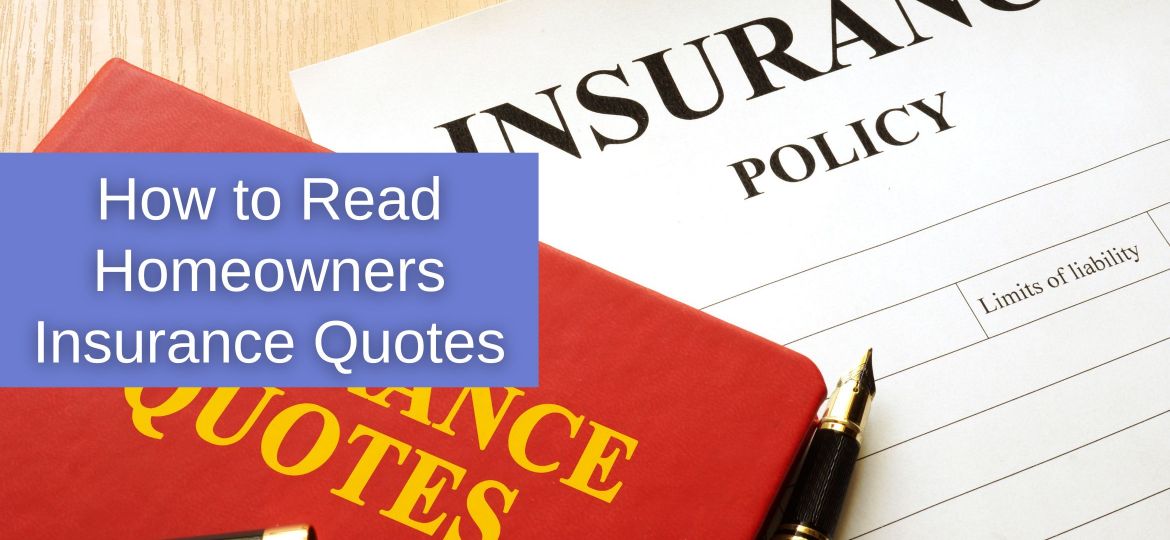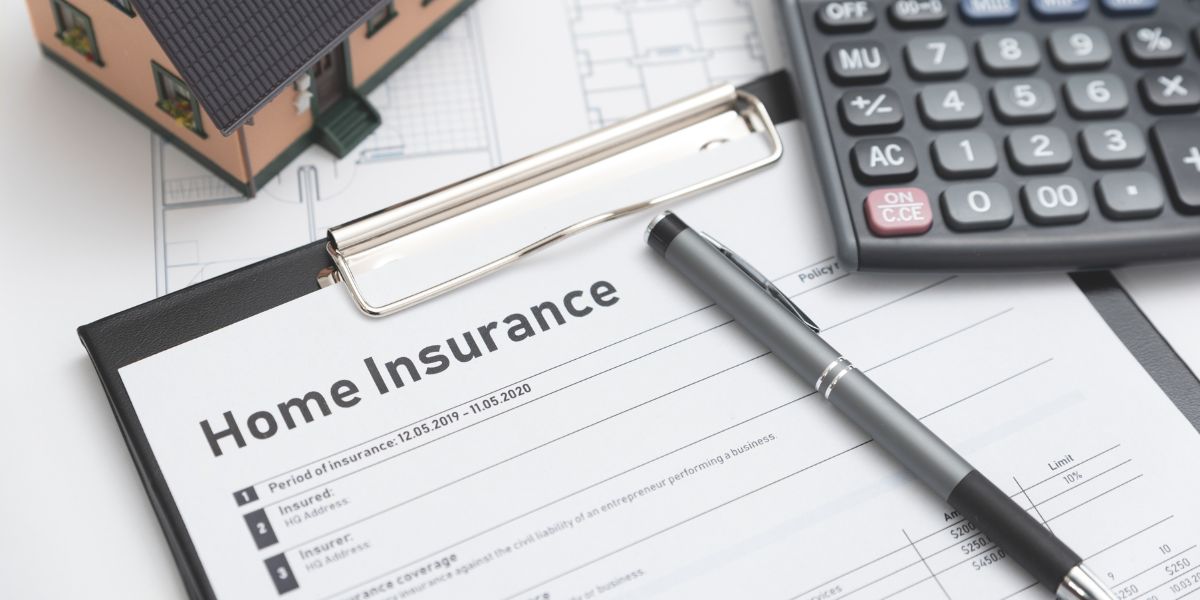
Purchasing a home is one of the most significant investments most people will make in their lifetime. Protecting this asset is crucial, as losing it to fire, storms, or other disasters could mean losing hundreds of thousands of dollars. Understanding homeowners insurance is an essential part of responsible homeownership, especially in states like Louisiana and Mississippi, where natural disasters can pose serious threats to property.
This comprehensive guide will help you navigate the complex world of homeowners insurance quotes and understand what to look for when selecting the right policy for your needs.
Understanding Policy Types: ACV vs. RCV
The first crucial element to understand when reading insurance quotes is the type of policy being offered. There are two main types:
Actual Cash Value (ACV)
An ACV policy will pay out what your home is currently worth on the market if it’s destroyed. For example, if your house is valued at $200,000, that’s what you’ll receive if it’s completely destroyed.
ACV policies are typically:
- Less expensive
- Better suited for investment properties
- Focused on recovering your financial investment rather than rebuilding
Replacement Cost Value (RCV)
An RCV policy covers what it would cost to rebuild your home to the same standards with current building materials and labor costs. This amount is often higher than the market value of your home.
For instance, a home purchased for $200,000 might cost $250,000-$275,000 to rebuild from scratch due to current construction costs.
RCV policies are:
- More expensive than ACV policies
- Recommended for primary residences
- Designed to ensure you can rebuild a comparable home
For homeowners living in their property (rather than using it as an investment), RCV is typically the recommended option despite the higher premium cost.
Deductibles: Flat vs. Percentage
Your deductible is the amount you pay out of pocket before insurance coverage kicks in. Understanding your deductible structure is vital when comparing quotes:
Flat Deductible
A flat deductible is a fixed dollar amount. For example, if your deductible is $2,000 and you have a $250,000 claim, the insurance company will pay $248,000.
Percentage Deductible
A percentage deductible is calculated based on your home’s insured value. For example, with a 1% deductible on a $300,000 policy, your deductible would be $3,000. With a 2% deductible, it would be $6,000.
Hybrid Deductibles
Some policies, particularly in regions prone to specific disasters like wind and hail damage in tornado-prone areas, may have hybrid deductibles. For instance, wind and hail damage might have a percentage deductible, while all other claims have a flat deductible.
When shopping for quotes, pay careful attention to the deductible structure. A policy might seem inexpensive until you realize it comes with a 3% deductible, which could mean paying $9,000 out of pocket on a $300,000 policy before insurance covers anything.
Coverage Elements
When reading insurance quotes, you’ll notice several different coverage elements. Understanding each is crucial to ensuring you have adequate protection:
Dwelling Coverage
This is the most important and typically most expensive part of your policy. It should reflect the cost to completely rebuild your home if it’s destroyed.
For older homes, the replacement cost is often higher than what you paid for the property because:
- Building codes have changed
- Labor and material costs have increased
- After disasters, construction costs often spike due to increased demand
Work with your insurance agent to determine a reasonable dwelling coverage amount. Don’t underinsure, but also avoid paying for excessive coverage you don’t need.
Extended Restoration Cost
This is an add-on that provides an additional cushion (typically up to 25%) above your dwelling coverage if rebuilding costs exceed expectations.
For example, if your dwelling coverage is $200,000 but rebuilding actually costs $225,000, this extended coverage would pay the difference.
Important note: Most insurance companies require documentation of actual rebuilding costs to pay this benefit. Unlike standard dwelling coverage, this isn’t typically paid out unless you’re actually rebuilding.
Other Structures Coverage
This covers structures on your property that aren’t part of your main dwelling, such as:
- Fences
- Sheds
- Greenhouses
- Detached garages
This coverage is typically calculated at approximately 10% of your dwelling coverage. While this might seem high, remember that after disasters, replacement costs often increase due to material and labor shortages.
Personal Property/Contents Coverage
This covers everything inside your home – furniture, clothing, electronics, appliances, etc. It’s typically set at around 70% of your dwelling coverage.
While this percentage might seem excessive (e.g., $140,000 for a $200,000 dwelling), consider the replacement cost of everything you own. When calculating replacement value:
- Items are valued at what they would cost new today, not what you paid
- Sales and discounts aren’t factored in
- The cumulative value of all your possessions is typically higher than most people estimate
If you believe the standard contents coverage is too high, you can ask your agent to reduce it, though this may not significantly impact your premium.
Loss of Use/Living Expenses
This coverage pays for your living expenses while your home is being rebuilt. It’s typically quoted in months of coverage (e.g., 24 months).
During this period, the insurance company will pay for:
- Immediate hotel stays after displacement
- Long-term rental housing
- Rental furniture
- Other necessary living expenses
Most policies provide initial coverage (typically six months) while you decide whether to rebuild or purchase a new home. If you choose to rebuild, the coverage continues during construction up to the policy limit.
Liability Coverage
This protects you if someone is injured on your property and sues you. Standard liability coverage typically ranges from $250,000 to $300,000.
The appropriate amount depends on your net worth, as people with higher assets may be targeted for larger lawsuits. If your net worth is substantial, consider supplementing your homeowners liability with an umbrella liability policy.

Factors That Affect Your Rate
Insurance quotes can vary significantly based on numerous factors. Understanding these can help you identify ways to potentially lower your premium:
Home-Related Factors
- Age of the home: Newer homes typically have lower premiums
- Distance from fire station: Closer proximity means faster response times
- Distance from fire hydrant: Easier access to water for firefighting reduces risk
- Age and type of roof: Newer roofs and impact-resistant materials (like metal or Class 4 shingles) may qualify for discounts
- Construction type: Brick homes typically have lower rates than all-frame/siding homes
Policyholder-Related Factors
- Companion policies: Combining auto and home insurance often provides significant discounts
- Credit score: Many insurers use credit-based insurance scores to determine rates
- Claims history: Multiple claims can increase rates or even lead to non-renewal
- Payment method: Paying annually instead of monthly typically reduces costs
- Loyalty: Staying with the same insurer often results in loyalty discounts
Security Features
- Alarm systems: Homes with security systems typically qualify for discounts
- Smart home features: Some insurers offer discounts for leak detection systems and other smart home technologies
Beyond the Quote: Company Reputation
While price is important, it shouldn’t be the only factor in your decision. Before selecting an insurance provider, especially in hurricane-prone states like Louisiana and Mississippi, research:
- Company reviews and ratings
- Claims satisfaction ratings
- Financial stability ratings from organizations like A.M. Best
Speaking with current customers who have filed claims can provide valuable insight into how the company handles the claims process. A company that fights claims or delays payouts can create significant additional stress during an already difficult time.
Final Thoughts
Homeowners insurance is a complex but essential protection for what is likely your most valuable asset. Taking the time to understand the elements of your insurance quotes will help you make an informed decision that balances cost with adequate protection.
When reviewing quotes from different providers, ensure you’re comparing equivalent coverage levels and deductibles. The cheapest policy isn’t always the best if it leaves significant gaps in your protection or comes with high deductibles that would be difficult to pay in an emergency.
For Louisiana and Mississippi homeowners, where hurricane and flood risks are significant concerns, working with an experienced local insurance agent who understands regional risks can provide additional peace of mind and ensure you have appropriate coverage for your specific situation.
By understanding how to read homeowners insurance quotes, you’ll be better equipped to protect your investment and have the financial security needed if disaster strikes.


